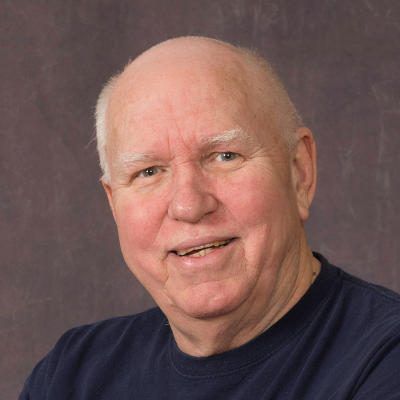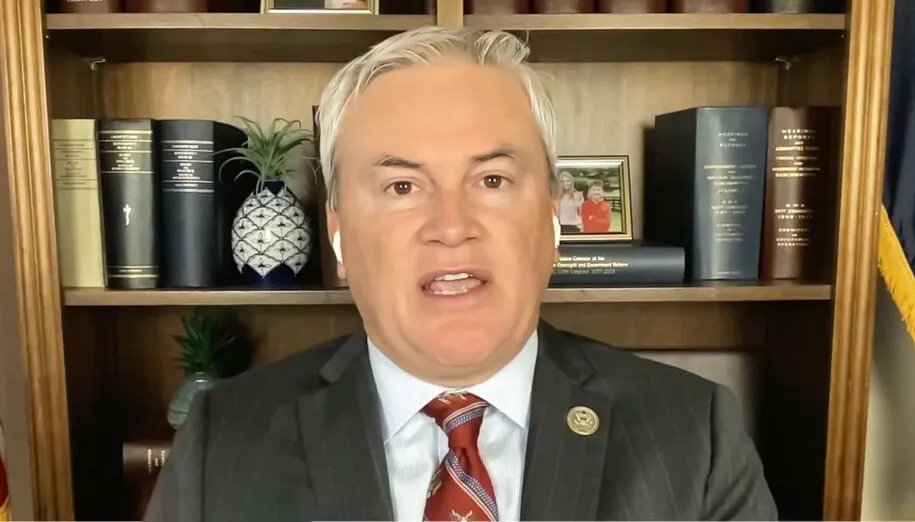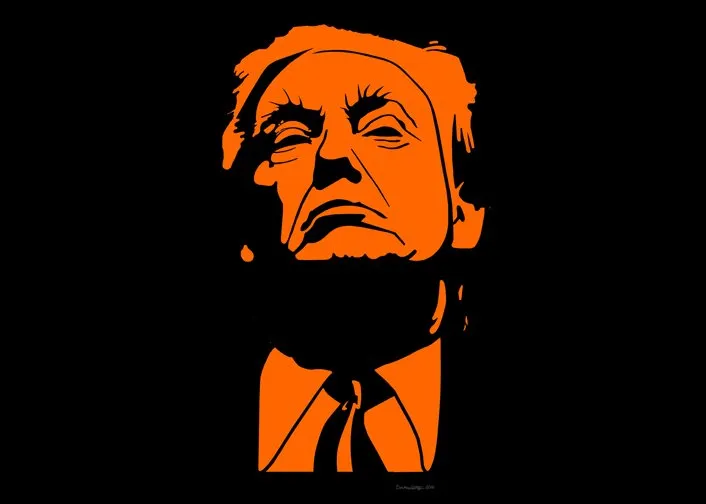Workers celebrate today as “International Labor Day” almost everywhere – except in the United States and Canada.
Observed on the first Monday in September in both countries, that holiday is just “Labor Day” stateside and “Labour Day” north of the border.
Explained National Public Radio’s Emma Bowman: “U.S. resistance to celebrate International Labor Day — also called International Workers’ Day — in May stems from a resistance to emboldening worldwide working-class unity, historians say.”
She quoted American historian Peter Linebaugh, author of The Incomplete, True, Authentic, and Wonderful History of May Day: “The ruling class did not want to have a very active labor force connected internationally. The principle of national patriotism was used against the principle of working-class unity or trade union unity.”
Historians David Pizzo of Murray State University and Morehead State University historian emeritus John Hennen agree with Linebaugh.
America’s capitalist powers-that-be “deliberately decided they wanted to get as far away from strikes and strike activity as they could,” Pizzo said. “American exceptionalism is also part of it – an attempt to decouple American labor away from socialism.”
In the late 19th-century, American industrialists and their political allies feared that European socialism and labor militancy would spread to the U.S., where workers, including women and children, toiled long hours at low pay in dangerous and even deadly conditions. Those wealthy factory, mine, and mill owners bitterly — and often violently — battled unions.
Employers also rejected the 8-hour-day, a common goal of U.S. labor. “A 16-hour shift wasn’t unusual for workers at the time,” Bowman wrote. The American Federation of Labor, an association of skilled trades unions, “set May 1, 1886, as the date that workers nationwide should go on strike to demand the 8-hour workday.”
As many as half a million workers took off work in cities to march and rally for the 8-hour day and against hazardous working conditions and low wages.
On May 4, 1886, some anarchists and other labor activists gathered peacefully in Chicago’s Haymarket Square to demand the 8-hour day. Chicago police were notoriously anti-union. When police arrived to break up the rally, a bomb suddenly exploded.
Enraged, the police charged the crowd, shooting and clubbing indiscriminately. All told, seven officers were killed and 60 injured, several of them hit by friendly fire. The exact number of civilian casualties is unknown.
“Although the thrower of the bomb has never been definitively identified, eight Chicago anarchists were charged — even though some of them were not in Chicago at the time — and four were executed,” said Hennen.
“To honor the Chicago workers, the International Socialist Conference in 1889 named May Day a labor holiday, birthing what many nations now call International Workers’ Day,” said Bowman.
President Grover Cleveland, a conservative Democrat, feared that a May Day holiday might encourage international solidarity among workers and help popularize socialism in America. He sided with more conservative American unions that favored a September holiday.
In 1894, after Labor Day had become an early September holiday in 23 states, Congress approved legislation fixing the first Monday in September as a national holiday. Cleveland signed the measure on June 28.
Meanwhile, the ongoing Pullman strike, led by Eugene V. Debs and the American Railway Union, was stalling rail traffic over much of the country. (Debs ran for president as a Socialist 5 times, the last time from behind bars for opposing the draft and World War I, which he saw as a needless conflict between two imperialist European power blocs fought by workers who had no stake in the outcome.)
Siding with management, on July 3 Cleveland dispatched the first contingent of federal troops to Chicago, the center of the strike, which afterwards collapsed. Debs was jailed for refusing to lift the strike.
(Using military force to end strikes was bipartisan in the post-Civil War period. Conservative Republican President Rutherford B. Hayes dispatched federal troops to break the Great Railroad Strike of 1877. Several governors, both Democrats and Republicans, called out state militias to defeat strikes.)
Quieting labor unrest by giving workers their own holiday is not unique to America. Shortly after Hitler and the Nazis took power in Germany 1933, he proclaimed May 1, 1933 as “National Labor Day.”
Hitler hated unions; the holiday was a cruel hoax.
“It was timed to May 2nd, the day the Nazis kicked in the door, crushed the unions and rammed them into the DAF [Deutsche Arbeitsfront],” Pizzo said. Hitler’s Brownshirts, aided by police, ransacked union halls, and arrested, beat, and murdered scores of trade unionists. Many were thrown into Dachau, Hitler’s first concentration camp.
The DAF — “German Labor Front” in English — outlawed collective bargaining and strikes. Its Hitler-appointed head said that the Front’s purpose was “to restore absolute leadership to the natural leader of a factory – that is, the employer,” according to The Rise and Fall of the Third Reich: A History of Nazi Germany by William L. Shirer.
Likewise, the Soviet Union, the self-styled “workers’ paradise,” suppressed free, independent trade unions. Strikes were forbidden; the unions’ main function was serving the Communist dictatorship. Although the elaborate May Day parades through Moscow’s Red Square were supposed to honor workers, the processions were mainly designed to showcase Soviet military might and featured the likes of tanks, mobile missiles, and goose-stepping soldiers.
Hennen said American Labor Day observances “provide a polite nod to working people, but rarely celebrate unions and are completely divorced from any notion of international working-class solidarity. ... To me, the most gob-smacking example of the co-optation of any liberationist meaning to Labor Day came in September of 2012, just as [GOP presidential hopeful] Mitt Romney, [Republican House Speaker] Paul Ryan, and [Majority Leader] Eric Cantor were ennobling the owning-class ‘makers’ and denigrating the working-class ‘takers’ in the country. Cantor honored Labor Day by tweeting out this message: ‘Today, we celebrate those who have taken a risk, worked hard, built a business and earned their own success.’”
In Canada, Labor Day started on April 15, 1872, in Toronto where local unions “organized the country’s first significant ‘workers demonstration.’” American Labor Day observances, starting in the 1880s, were “inspired by the beginnings made in Canada,” according to the Canadian National Union of Public and General Employees.
U.S. conservatives redoubled their efforts to discredit International Labor Day during the Cold War. Though workers in other democracies celebrated (and still celebrate) the holiday, the American right, ever anti-union and fearful of international worker solidarity, smeared May 1 as a Communist observance. Said Bowman, “President Dwight D. Eisenhower instead declared May 1 ‘Law Day’ – dedicated to the principles of government under law.”
Despite the fall of the Soviet Union and its satellite states in eastern Europe 30-odd years ago, more than a few Americans still associate May 1 with communism, according to Bowman.
But here at ForwardKY, we know what it is really about. So we stand with workers around the world, and say “Happy International Labor Day!"
--30--
Comments








